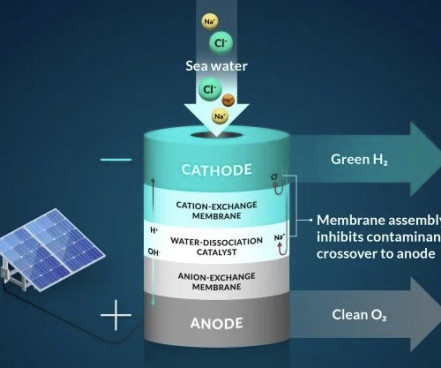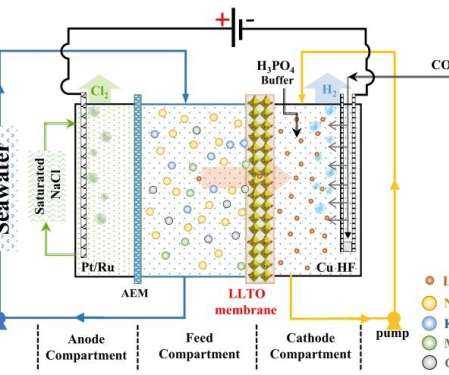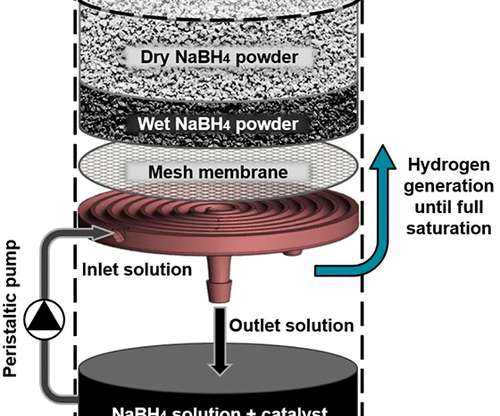Researchers devise seawater-resilient bipolar membrane electrolyzer for turning seawater into hydrogen
Green Car Congress
APRIL 12, 2023
The design proved successful in generating hydrogen gas without producing large amounts of harmful byproducts. Generation of H 2 and O 2 from untreated water sources represents a promising alternative to ultrapure water required in contemporary proton exchange membrane-based electrolysis. —Marin et al.































Let's personalize your content